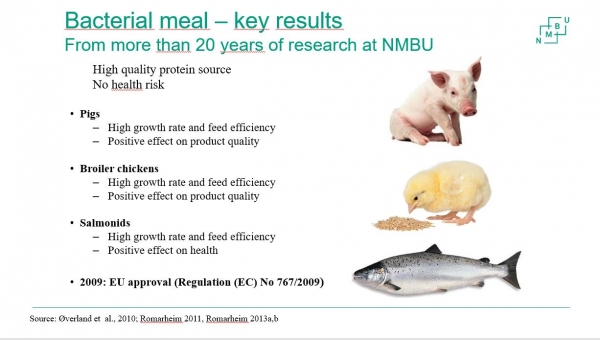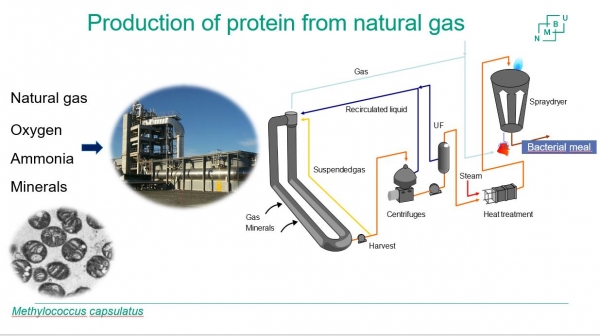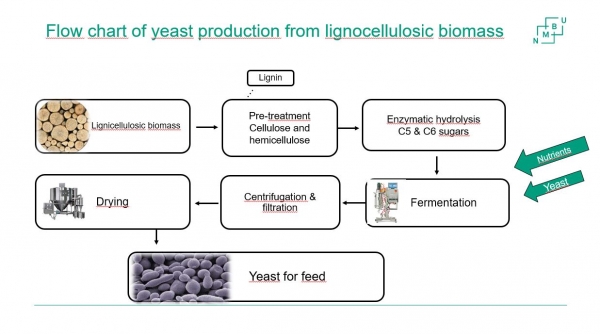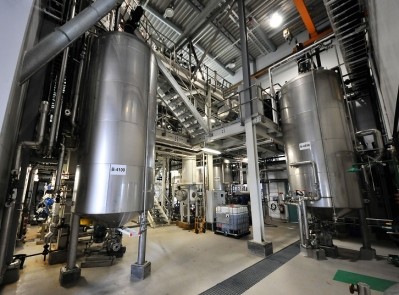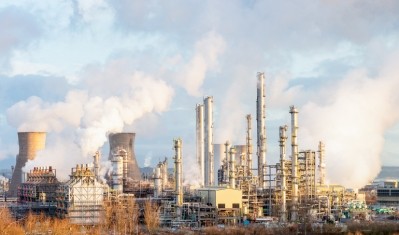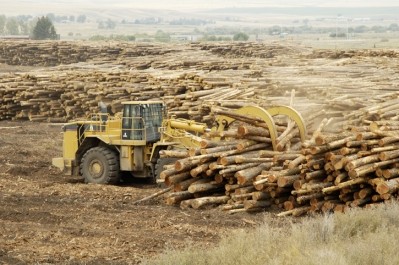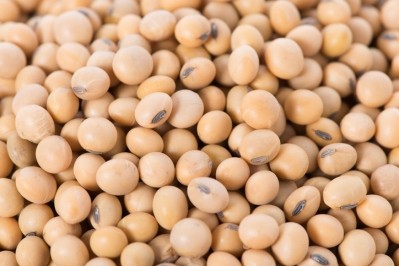Reports from Feed Protein Vision 2018
‘Novel feed resources from natural gas and non-food biomass will create a sustainable future’
“What is interesting when it comes to proteins derived from wood or natural gas is that you can produce them locally, and just because of that, they have a lower carbon footprint.”
She was speaking at Feed Navigator’s first face-to-face conference, Feed Protein Vision 2018, held in Amsterdam on 6-7 March.
In addition to her role at the NMBU, Øverland is the director of Foods of Norway, a center for research-based innovation.
Her work is focused on the development of high quality novel feed ingredients based on renewable natural resources such as tree biomass, marine macroalgae, and animal and fish co-products by use of advanced biotechnology. She has a special interest in developing single cell ingredients as a source of protein with added functionality for pigs, poultry and fish.
She asked the Feed Protein Vision audience whether we should be using human food to feed animals in the future, in light of climatic changes and limited availability of agricultural land.
In her presentation, she also noted current constraints on the growth of the aquaculture sector including limited access to marine ingredients, and a large dependence on imported feedstuffs. There is a need, thus, for novel protein sources to support future expansion of fish farming, she said.
She told the delegates that microbial feed resources such as those produced using natural gas have an advantage in that they can be produced independently of arable land and climate, and they relieve pressure on food resources for direct human food production.
“The microbial ingredients are produced by non-food biomass. We have the technology to develop them now and we see the protein quality is quite high. The amino acid profile matches the requirements of the animals quite well so that will also reduce the impact on the environment - there are many aspects to these microbial ingredients.”
In addition, they contain a wide range of bioactive components, promoting the health of fish and animals.
“In the case of pigs, you have less problems with diarrhea, the pigs are more thrifty, and that actually affects the welfare. In fish, we see promising results in respect to health, not only in respect to gastrointestinal health but, also, the general robustness of the fish seems to be improved.”
With the cost of natural gas low, bacterial meal can now be produced at a competitive price, she added.
“You can says the potentials are there to get the volumes needed for the feed industry.”
Continued research and development in production of microbial ingredients will make an important contribution to securing the sustainability and economic viability of future feed markets, she argued.
Tree biomass
Norwegian forest is the country’s largest bioresource and an ideal biomass for feed, said Øverland.
“When it comes to the lignocellulose woody biomass, there is a lot of it.”
Using biomass like spruce trees as a feed production substrate is particularly appealing for a country like Norway, with limited land area and challenging climatic conditions, she said. Growing feed grains and protein-rich crops such as peas and beans on a large scale is difficult there, but the large amounts of renewable biological resources from forest can be converted into feed using new technology.
Processing of lignocellulose biomass for yeast production requires four major steps: pre-treatment, enzymatic hydrolysis, fermentation and downstream processing. Øverland said researchers at the Foods of Norway center are optimizing the process.
Her team is also evaluating seaweeds ‘the forests on the sea’ for large biomass production.
Seaweeds don’t require any agricultural land, fertilizers, or fresh water, can be cultivated in sea water, and they binds and recycles nutrients, said Øverland.
If you combined the forests of the land with the forests of the sea you have the potential for large volumes that will support large scale feed production, she said.
